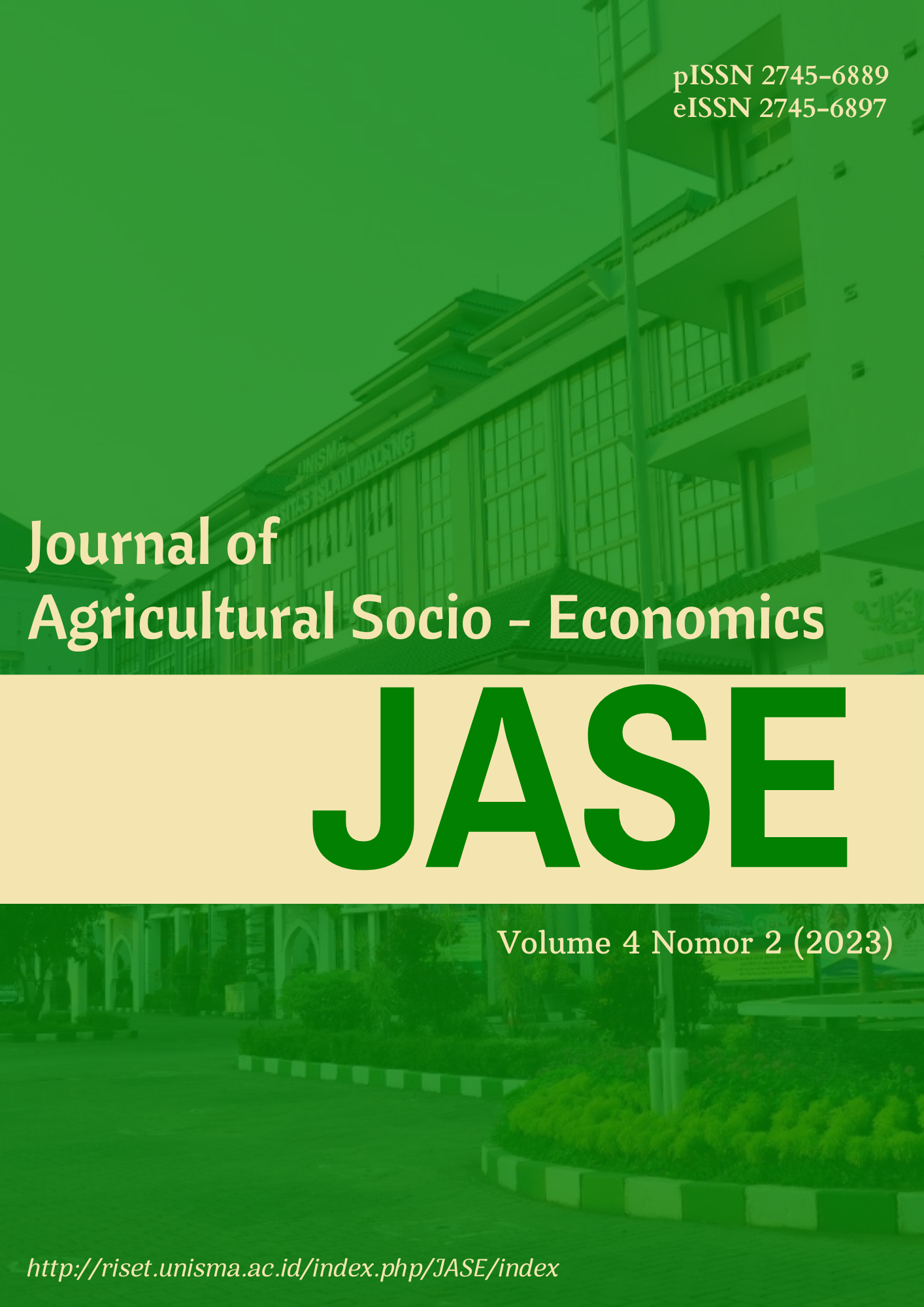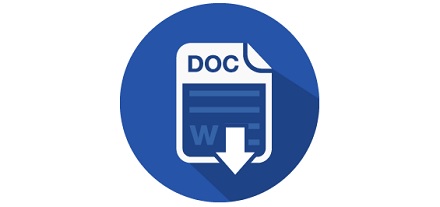FEASIBILITY OF SUGARCANE FARMING USING KEPRASAN AND RATOON CULTIVING METHODS
DOI:
https://doi.org/10.33474/jase.v4i2.20577Abstract
Sugarcane farming in Indonesia is mostly run by the people, with contributions from smallholder plantations from 1980 until now. Malang Regency is a Regency that contributes the highest production in Indonesia. Sugarcane farming in Malang Regency was developed by the community using two cropping system models, namely the unggaran (bongkar ratoon) cropping system and the keprasan cropping system. This cropping system will affect the productivity of sugarcane. The aim of this study was to determine the differences in the advantages and feasibility of sugar cane farming with the demolition ratoon cropping system and the keprasan cropping system. The research location is in Jeding Hamlet, Rejosari Village, Bantur District, Malang Regency. The time for research starts from August-September 2022. The method of determining the sample uses the census method. All sugarcane farmers in Jeding Hamlet, totaling 50 farmers consisting of 7 farmers with the unggaran cropping system (unloading ratoon) and 43 farmers with the keprasan cropping system, were used as sample farmers. The research data were analyzed using a farming feasibility approach starting from calculating production costs, revenues, income, R/C ratio and price BEP. The results showed that the average income from sugar cane farming with the unloading system (bongkar ratoon) was Rp. 30,586,857 while the average income from sugarcane farming with the unloading system was Rp. 32,769,000 2) The feasibility value of sugarcane farming with the unloading system (bongkar ratoon) with an R/C ratio of 2.16 and an R/C value for the keprasan system of sugarcane farming of 2.28. The two R/C values are greater than one, so that sugarcane farming is feasible. The BEP value of the two planting models also shows that sugarcane farming is profitable at Rp. 2,471.23 for the unggaran planting model (bongkar ratoon). Meanwhile, the price BEP for sugar cane farming with the keprasan planting system is IDR 14,701.44. From these results it can be concluded that sugarcane farming using the ungaran system (bongkar ratoon) and sugarcane farming using the keprasan system are at a profitable point because the BEP value of the two sugarcane farming systems is less than the selling price of sugarcane.
Downloads
Published
How to Cite
Issue
Section
License
Copyright (c) 2024 Julpriadi Julpriadi, Ana Arifatus Sa'diyah, Anis Trianawati

This work is licensed under a Creative Commons Attribution-ShareAlike 4.0 International License.
JASE: Journal of Agricultural Socio-Economics with a registration number of ISSN xxxx-xxxx (printed) and xxxx-xxxx(online) published by the Department of Agribusiness, Faculty of Agriculture at the University of Islam Malang by applying for copyright and License.
Copyright:
- Copyright in each text is the property of the author.
- The author agrees that JASE has the right to the first license issued with a Creative Commons Attributions-ShareAlike 4.0 International License.
- The author can write the article separately through non-exclusive distribution with other versions related to the article that was first published in the JASE : Journal of Agricultural Socio-Economics.
Licence:
- Attribution: You must give appropriate credit, provide a link to the license, and indicate if changes were made. You may do so in any reasonable manner, but not in any way that suggests the licensor endorses you or your use.
- ShareAlike: If you remix, transform, or build upon the material, you must distribute your contributions under the same license as the original.
- No additional restrictions: You may not apply legal terms or technological measures that legally restrict others from doing anything the license permits.
You are accessible to:
- Share a copy and redistribute this material in any form or format.
- Change and make derivatives of this material for any purpose, including commercial interests.
- The licensor cannot revoke the above conditions as long as the authors comply with the terms of this license.
Â

This work is licensed under a Creative Commons Attribution-ShareAlike 4.0 International License.








_-_Copy.jpg)

